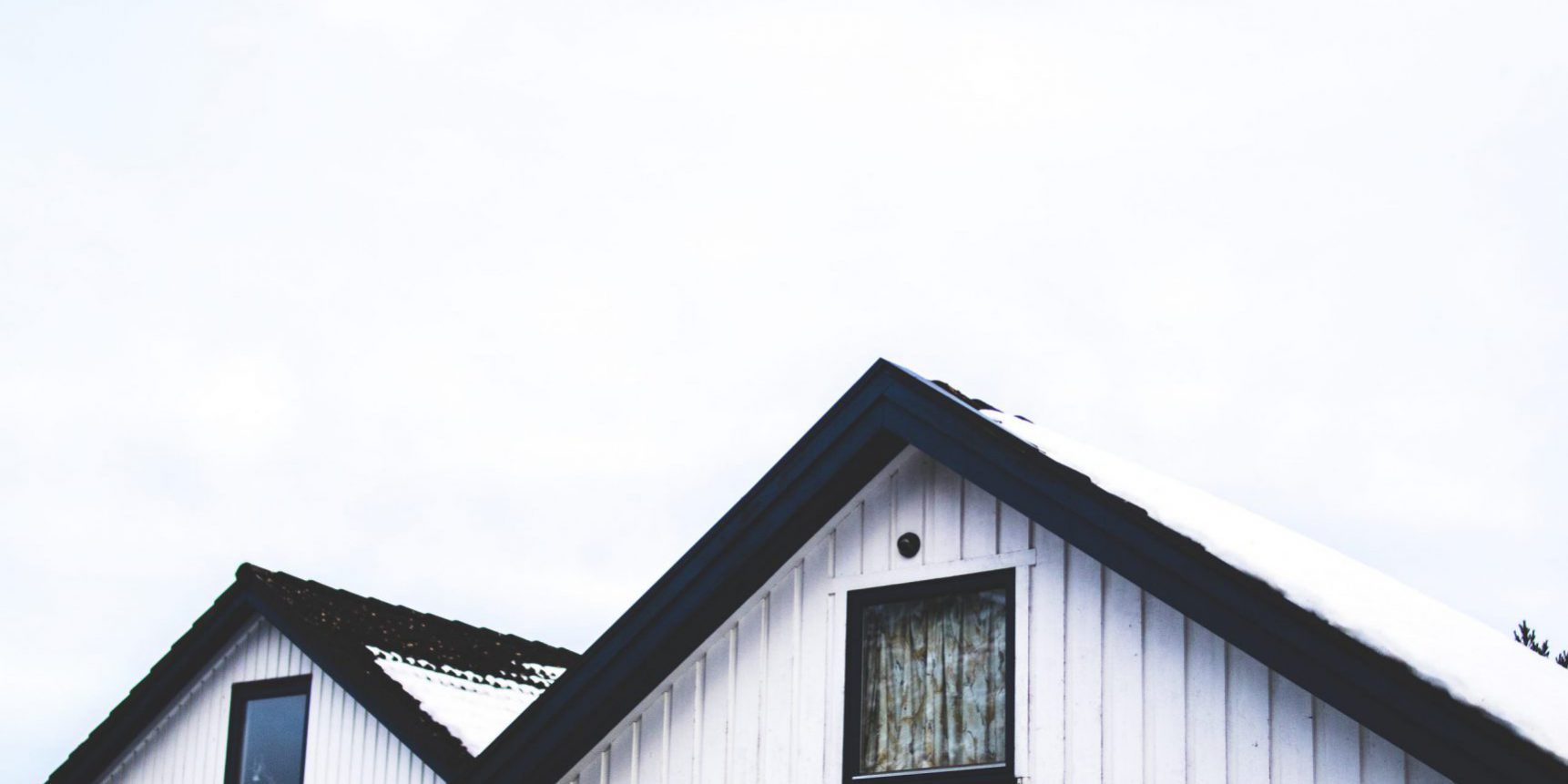As a roofing business owner, you are exposed to a number of hazardous working conditions due to the nature of your business. Among the most common risks are injury, fire, falls or collapsing roofing materials. If roofing contractors do not use proper risk management, the cost of safety violations can be huge, and it can also hurt your company’s reputation. Since working at such great heights can pose serious safety threats, roofing professionals must take extra precautions to prevent injury. On top of protecting your business with a comprehensive roofing insurance program, you should also follow the tips below to minimize hazards and to ensure a safe working environment for your employees.
Proper Training
- Keep your team safe by providing proper training to employees before they start their jobs
- Informing employees of basic safety procedures will help them recognize and minimize hazards
- Make sure to refresh current employees of training procedures by providing regular training sessions or materials
Weather Conditions
- Check what the weather conditions will be before you start your job
- If the weather looks unfavourable for working, it is best to postpone work until weather conditions improve
- Be cautious around rain, snow and ice as shingles can become slippery
- Ensure that equipment is protected if the weather calls for precipitation
Ladder Safety
- Properly secure or tie your ladder to the roof to prevent someone from falling off and from the ladder damaging the property you are working on
- Never use a damaged ladder and make sure to place the ladder on a leveled and stable surface
Watch for Debris
- Construction equipment or debris such as tree branches and leaves can get in the way of where you are walking and become a major tripping hazard on the roof
- To prevent any tripping hazards, debris should be cleared from the roof before a project begins
Safety Equipment and Gear
- Roofers should always work with protective equipment and ensure that it is used correctly
- Have a fall protection system in place
- Use a safety harness and make sure it is securely tied
- Wear shoes that are close-toed and that have traction
- Use a Canadian Safety Association-approved hard hat or helmet
Fire Prevention
- Remove combustible materials and debris and cover and protect materials that cannot be removed
- For hot work roofs, a fire watch should be done during and after torching applications
- Cease torching at least 3 hours before the end of the work day
- Inspect the roof for hot spots at the end of the work day using an infrared thermometer
- At the end of the monitoring period, inspect the building interior before leaving the work site
Roof Tarping (Blue Roof) Safety
- Start by evaluating the condition of the roof
- Identify electrical lines and take the proper steps to prevent electrocution
- Never install a tarp while it is windy or raining
- Do not walk on a tarp as a tarped roof if often very slippery
- Tarps can conceal tripping hazards such as skylights and vents
There are no shortcuts to proper safety as a roofing contractor. Taking a perceived shortcut to finish a project on time can lead to serious injuries and project interruptions that will cost more in the long run to the overall project.
Adhering to and keeping a record of the safety precautions above will help limit your liability risks and keep your premiums lower. Companies are being increasingly cautious with what contractors they partner with, so it is in your best interest to be aware of what your roofing insurance program contains.
We work with commercial, residential and industrial roofing businesses that specialize in hot work, flat, torch-on, metal, shingles, gutters, repairs and more. Contact Fuse Insurance today to go over what you’re covered for and to determine what roofing insurance options are available to protect your business. If you’re ready to get started now, fill out our online Roofing Insurance Application to speed up the process.






